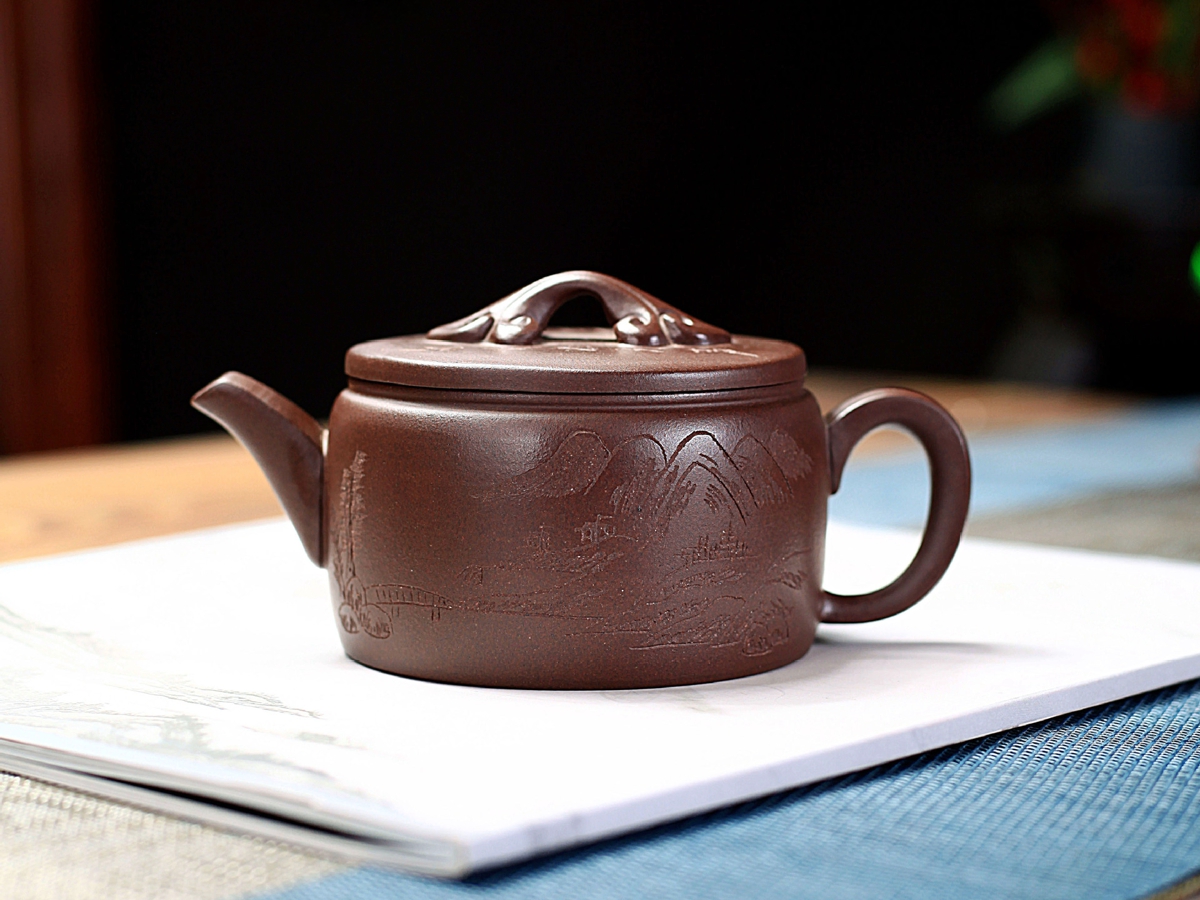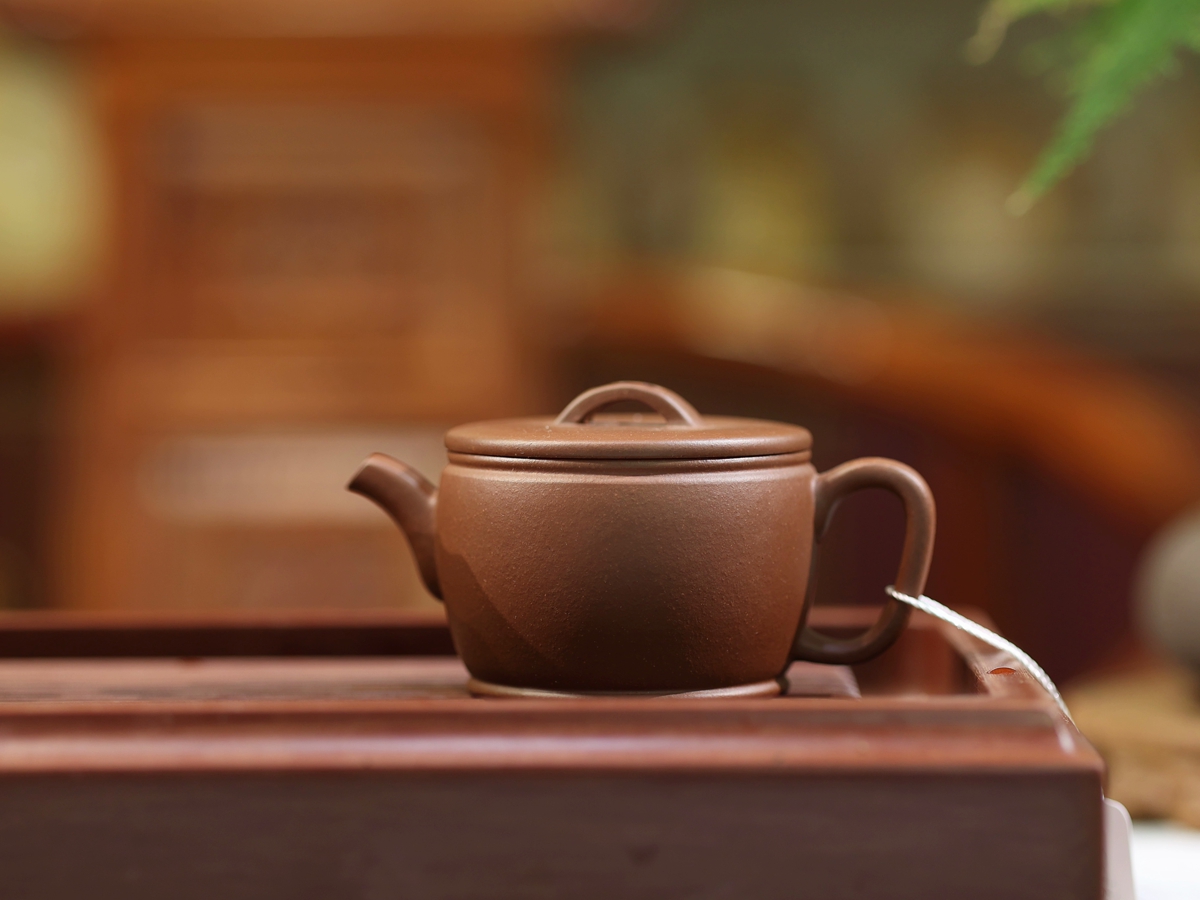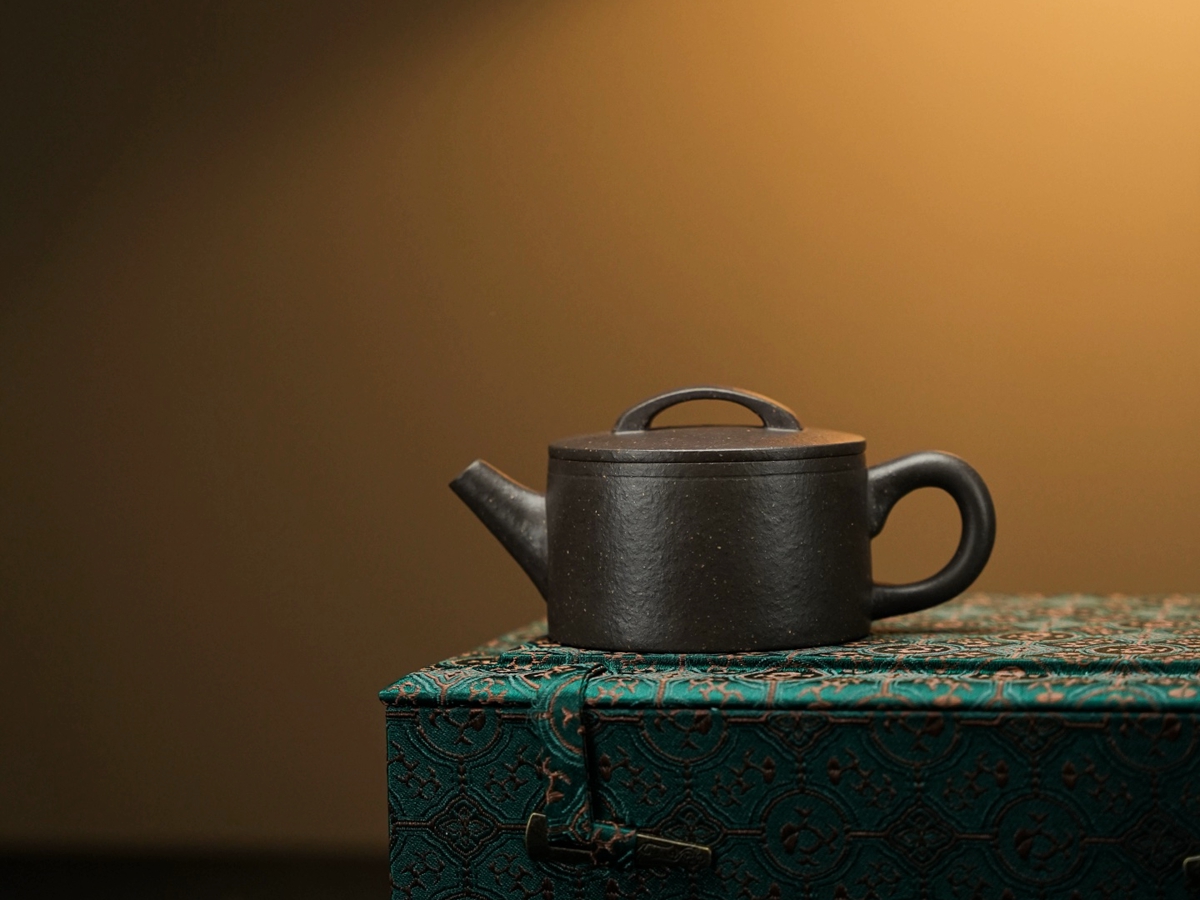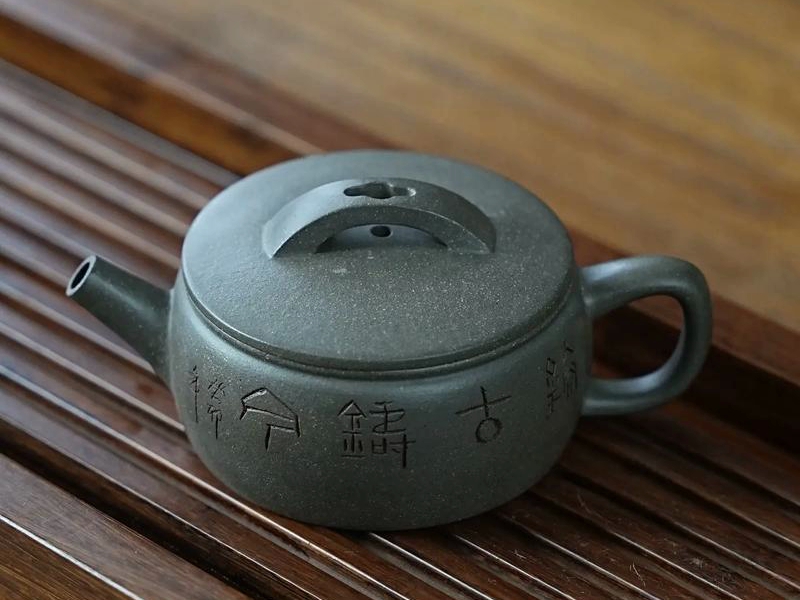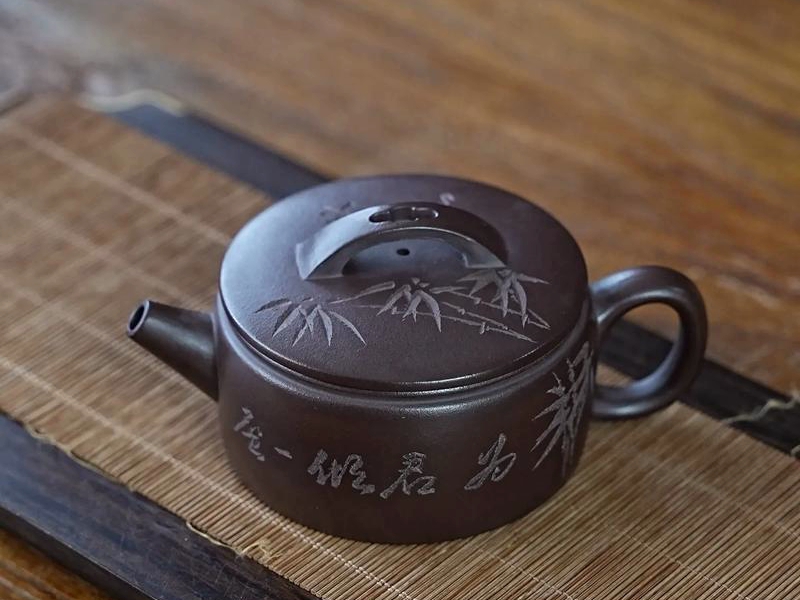Hanwa Teapot (汉瓦壶)
The Hanwa teapot, also commonly known as the "tile teapot", is a unique creation in the world of Chinese ceramic art. Its name (汉瓦壶) comes from its resemblance to traditional Chinese tiles, highlighting its deep connection with the country's architectural heritage and its refined style.
History and Origin of the Hanwa Form
The Hanwa teapot (Chinese: 汉瓦壶, pinyin: Hànwǎ hú) (tile) became especially popular during the Qing Dynasty (1644–1912), but its roots go back much further, to the early period of Chinese tea art. One of the greatest masters, whose work became a model for imitation, was Yang Pengnian (Chinese: 杨彭年, pinyin: Yáng Péngnián). His works were distinguished by their remarkable elegance and functionality; he skillfully combined traditional forms with the practical requirements of tea drinking.
The main elements of the Hanwa teapot:
- Upper part: Reminiscent of the dome of traditional Chinese buildings, giving the product a majestic appearance.
- Short straight spout: Provides comfortable pouring without unnecessary effort.
- Flat Lid: Features a graceful bridge-shaped handle that symbolizes harmony and balance.
- Engraving on the lid tab: Adds individuality to the product and highlights the craftsmanship of the creator.
Interesting facts
- Architectural connection: The name "Roof Tile" (瓦) refers to traditional Chinese houses, where roof tiles symbolized protection and homeliness.
- Inspiring Master: A renowned master of his craft, Yang Pennian has had a huge influence on subsequent generations of artists, although his works are still considered unrivaled.
- Collector's Value: Original Hanwa teapots sell for millions of yuan at auction, demonstrating their high value among collectors.
Distinctive features compared to other types of teapots
Hanwa teapots have a number of unique characteristics that distinguish them from other types:
- Shape: The distinctive tiled shape and symmetry create a unique appearance, distinctly different from the more organic or decorative designs of other teapots.
- Lid and spout: The flat lid with a bridge-shaped handle and a short, straight spout emphasize the minimalist design and ease of use.
- Material: The use of Yixing clay improves the taste of tea and retains heat, making these products preferable to porcelain or glazed counterparts.
- Symbolism: Hanwa teapots are associated with harmony and Zen philosophy, as opposed to other types which may be more decorative and ornamental.
Role in modern culture
Today, Hanwa teapots remain the embodiment of harmony, sophistication and deep respect for tradition. They are actively used both in tea ceremonies and as valuable collectibles. These products are closely associated with the aesthetics of Zen due to their laconicism and balanced composition.
Modern craftsmen continue to create Hanwa teapots, innovating to meet the demands of the modern consumer. However, key elements such as the elegant lid, short spout and smooth lines remain unchanged.
The Hanwa teapot is more than just a utilitarian object. It serves as a bridge between the past and the present, embodying Chinese philosophical ideas and aesthetic principles worthy of the highest recognition and admiration.
- Comments
- Vkontakte





